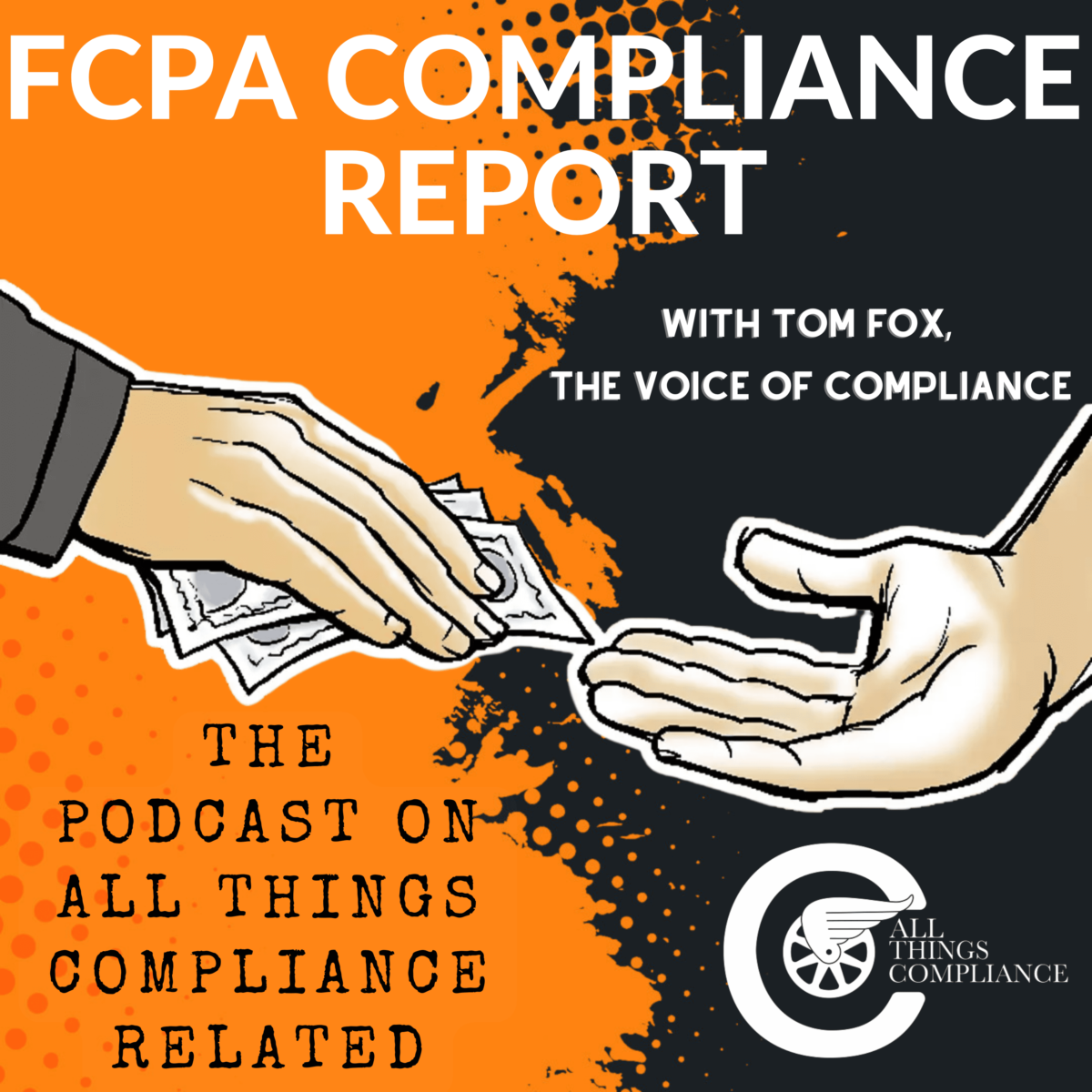Join us as we dive into the world of ChatGPT and discover how this powerful tool can revolutionize your business. Today we conclude our five-part blog post series on Mastering ChatGPT. In today’s final blog post, we look at how you can incorporate ChatGPT into various business uses for any organization. As always, I was joined in this exploration by Larry Roberts, CEO of Red Hat Media.
The transformative power of artificial intelligence tools in business processes is an unfolding narrative that every professional should be aware of. These tools, taking center stage in customer service and decision-making processes, are poised to shape the future of business operations. Businesses can offer superior customer service while making data-driven decisions by using AI for things as varied as content generation to data analytics. The result is a significant leap in customer satisfaction and a more nimble operational procedure.
Chat GPT and SEO Content Creation
In the digital era, Search Engine Optimization (SEO) is crucial in enhancing businesses’ online visibility. AI, like Chat GPT, data analysis, and content creation, could improve a company’s SEO strategy, increasing discoverability and driving more organic traffic to their platforms. Larry’s insight into data analytics and decision-making and Chat GPT provided a new perspective on SEO content creation. He recognized the tool’s potential to analyze content and aid in data analytics through its API, although he cautioned that it may not be the most effective out-of-the-box solution for analytics.
Chat GPT and SEO Content Creation
In the digital era, Search Engine Optimization (SEO) is crucial in enhancing businesses’ online visibility. AI, like Chat GPT, data analysis, and content creation, could improve a company’s SEO strategy, increasing discoverability and driving more organic traffic to their platforms. Larry’s insight into data analytics and decision-making and Chat GPT provided a new perspective on SEO content creation. He recognized the tool’s potential to analyze content and aid in data analytics through its API, although he cautioned that it may not be the most effective out-of-the-box solution for analytics.
Understand and Define Customer Needs
Who in a corporation is your customer? If you are in the compliance function, it is the employees and other stakeholders. This means identifying and defining customer needs is a fundamental step in tailoring your operations to meet your audience’s expectations. A deep understanding of what your customers need and prefer enables you to build products or services that resonate with them. Not only will this step increase customer satisfaction, but it also paves the way for more efficient and effective business operations. The action involves conducting meticulous research and surveys to collect invaluable data, allowing businesses to step into their customers’ shoes and view their operations from a customer’s perspective. Just change the word customer to employee.
Customer Service
Sticking with the insight that your compliance customers are your employees, in the world we live in today, consistent advancement in technology brings about powerful tools businesses can use to enhance their operations. One such tool is the application of artificial intelligence (AI) in customer service. AI has presented a massive potential for improving how businesses interact with their clients, making processes faster, better, and more efficient. One critical aspect is deploying AI tools like ChatGPT to deliver efficient customer service interactions. These tools can be incorporated into platforms to provide automatic responses to customer inquiries promptly and accurately.
Chat GPT in Email Communication
Email communication remains a vital element of business operations. AI tools like ChatGPT can enhance this aspect of the business by automating tasks such as summarizing lengthy emails or drafting responses. AI can significantly save time and increase overall productivity for businesses. From his professional experiences, Larry commended how ChatGPT could be utilized in email communication. The tool’s ability to summarize extensive emails and draft others based on inputs underscores its potential to streamline professional communication processes.
But remember, simply implementing ChatGPT does not guarantee success—it requires perseverance, adaptability, and continuous improvement. By staying committed to refining and optimizing the use of ChatGPT, businesses can unlock their full potential and achieve remarkable results. So, dive in, explore the possibilities, and witness the transformative impact ChatGPT can have on your business.
In an increasingly digital age, leveraging AI technology to enhance customer service and improve decision-making is a crucial advantage for business professionals. Central to this is understanding and defining customer needs, allowing personalized products and services. Further, using AI tools like ChatGPT for customer service can provide prompt and efficient responses to customer inquiries. Coupled with machine learning for content generation, this can significantly boost a business’s marketing efforts. Additionally, ChatGPT can aid in data analytics, underscoring the importance of data in driving business decisions. With this knowledge, you can embark on a journey toward business transformation, leading to higher customer satisfaction and operational efficiency.
For more information on Larry Roberts, check out Red Hat Media.






